Understanding Your Smoke Shop’s Burn Rate

Grab the apple box. Shrimp on the barbie. Lower your burn rate for more runway.
What do these three seemingly incomprehensible sentences have in common? You need to know the lingo or else you are left sitting on the sidelines like the only thumb at a big toe party.
That’s why in today’s Smoke Shop Blog we are peeling back the plastic on burn rates + runways and how you can use them to ensure you have the utmost control over your Smoke Shop’s future.
Table of Contents:
What is a Burn Rate?How Do I Find My Smoke Shop’s Burn Rate?
What is a Business Runway?
What Should My Shop’s Burn Rate Be?
How Can I Lower My Burn Rate?
Why Do These Terms Matter to Me and My Smoke Shop?
In Conclusion… Where There’s Smoke There’s Fire
What is a Burn Rate?
Despite its fiery title, your burn rate is actually a measure of how long until your Shop’s current cash flow matrix fizzles out and your monetary tank rolls over to zero.
That means your shop’s burn rate is not how quickly our A.I. chat bot turns red when exposed to the sun, but instead a measure of how long your Smoke Shop will hypothetically last on current cash flow (or lack thereof).
The term is typically tossed around in the startup world as a good barometer of a company’s health and whether or not they will receive more investment.
That makes it incredibly useful for your Smoke Shop, as small businesses resemble start ups in many ways, so there are some parallel lessons we can learn from them.

How Do I Find My Smoke Shop’s Burn Rate?
The value is typically calculated with an equation resembling the following:
Total Gross - (Product Costs + Operating Costs) = Burn Rate
You can use this to effectively track how much you are making / losing each month and then extrapolate that data to predict your upcoming cash flow stability.
These burn rates can be measured month to month for more specific information, as well as in yearly terms to see the bigger picture through your macro trends.

What is a Business Runway?
Next on the concept chopping block, what is commonly referred to over caviar and cigars in the dark corners of board rooms as your “runway”.
Much like the climax of Fast and Furious 6, this metaphorical runway is a helpful measure of when your business will explode into a ball of financial flames; aka running out of cashola.
Now you’d think for an industry that causes as many crashes as they do, the financial sector would shy away from using so many aviation terms right? Well far be it from me tell them how to run their rackets into the ground, but we don’t make the terms, we just are fine tuning them to help you in your economic battles!
The fact of the matter is that calculating this total is quite simple, once you have your current burn rate (yearly or monthly).
Total Cash / Burn Rate = Your Runway (per month / year)
This lets you create your very own doomsday clock to help you effectively know when things are going to get hairier than if King Kong shaved his back.
Despite the slightly bleak lens of calculating when your shop is no longer financially solvent, this is highly important information if you are looking to avoid these more disastrous results.
On the flip side, the better you do the farther into the future you can plan! If you know that with current reserves you could last 5 years, why not try out some more potentially risky ventures?
If you have the built in reserve, then you have the luxury of being able to strike gold off of something random as you know that even if everything goes the way of the dodo, your finances are safe.
This can let you pick up something new like Wulf’s Recon 4G and see how it does in your market without having the sales be life or death. That way if things fail you can move on but if they take off then you have found a new way to permanently boost your income stream.

What Should My Shop’s Burn Rate Be?
In an ideal world all of our shops' burn rates would be 1,000 years of abundance before we ever feel the walls closing in on our coffers. But in reality most experts in the economic field suggest that you try to maintain an average burn rate of about 12 months.
Some schools of thought claim 6 - 12 months is enough, whereas others say you need 12 - 18 months or else you're in hot water. The whole truth is that your shop’s optimal burn rate is going to be decided by the host of unique factors that mix together to form your economic picture.
So that’s why we are saying aim for 12 months and don’t worry if you see your runway shrinking because it's natural that your business will experience periods of contraction and expansion.
By knowing your burn rate and watching its mutations you are protecting yourself by always knowing when your last bit of oxygen is going to run out.
At the end of the day we are all just trying to keep our heads above water, so don’t see your confidence unmoored by an unfavorable current rate, there’s a lot we can do to change it…
How Can I Lower My Burn Rate?
So how do we throw a bucket of water on this fire? Well this is where the hard part comes in as you are going to have to review each and everyone one of your expenditures to see if they are worth it. The term “worth it” is obviously a charged question as there are certain expenditures that may not boost your bottom line but are equally essential.
This isn’t just going to be things like your product purchases vs sales, but also things like your electricity bill, rent, employee costs, and any subscription fees you must pay.
Always be sure to work from your shop’s specific set of circumstances as there is no catch all fix, areas where you save may be another owner's worst nightmare. Build on your strengths and shore up your weaknesses to see your burn rate slowly start to expand month by month.
Once you have done this, you can even create a tiered list of which products / services you will potentially drop if your burn rate starts to shrink. This way you are one step ahead of the game and much like a sinking ship attempting to lose ballast you know what’s going overboard ahead of time.

Why Do These Terms Matter to Me and My Smoke Shop?
This is the type of term that an investor or wall street type will throw your way to gunk up your gears with big words - but in reality once you realize that your burn rate is more or less just a reference number to how much you spend vs how much you make each month.
The benefit comes in that once you have this info and are thinking about it literally in these terms then you are going to start making quicker decisions.
Despite the button-down corruption of most financial institutions, there is a reason that they use these quick shortcut terms; it gets you asking the right questions. Instead of having to run around and figure out how well each individual product is doing, step back and see the situation as a whole.
This is how the big players approach things and in order to effectively fight back against their ceaseless appetite for consolidation we have to start thinking just like them.
In Conclusion… Where There’s Smoke There’s Fire
And where there’s fire, there’s your burn rate! See? A.I. can do puns juuust fine, our future is safe and sound in their hands. Just like your shop once you get a handle on your burn rate!
If there’s one take away from today, it’s that understanding all elements of your shop's finances is essential to avoiding disaster. Keeping in mind basic things like your burn rate and runway are important mental reminders to always be looking 10 steps ahead.
Make sure to check out more of our thoughts and guides here at our Got Vape Wholesale Blog, including a helpful rundown on how to prep for this year's 7/10 Day and how you can start boosting your profits (and runway) by investing in legal mushrooms.
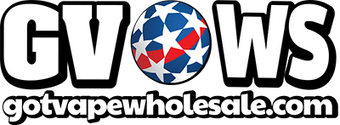
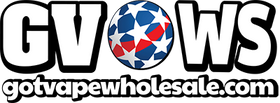

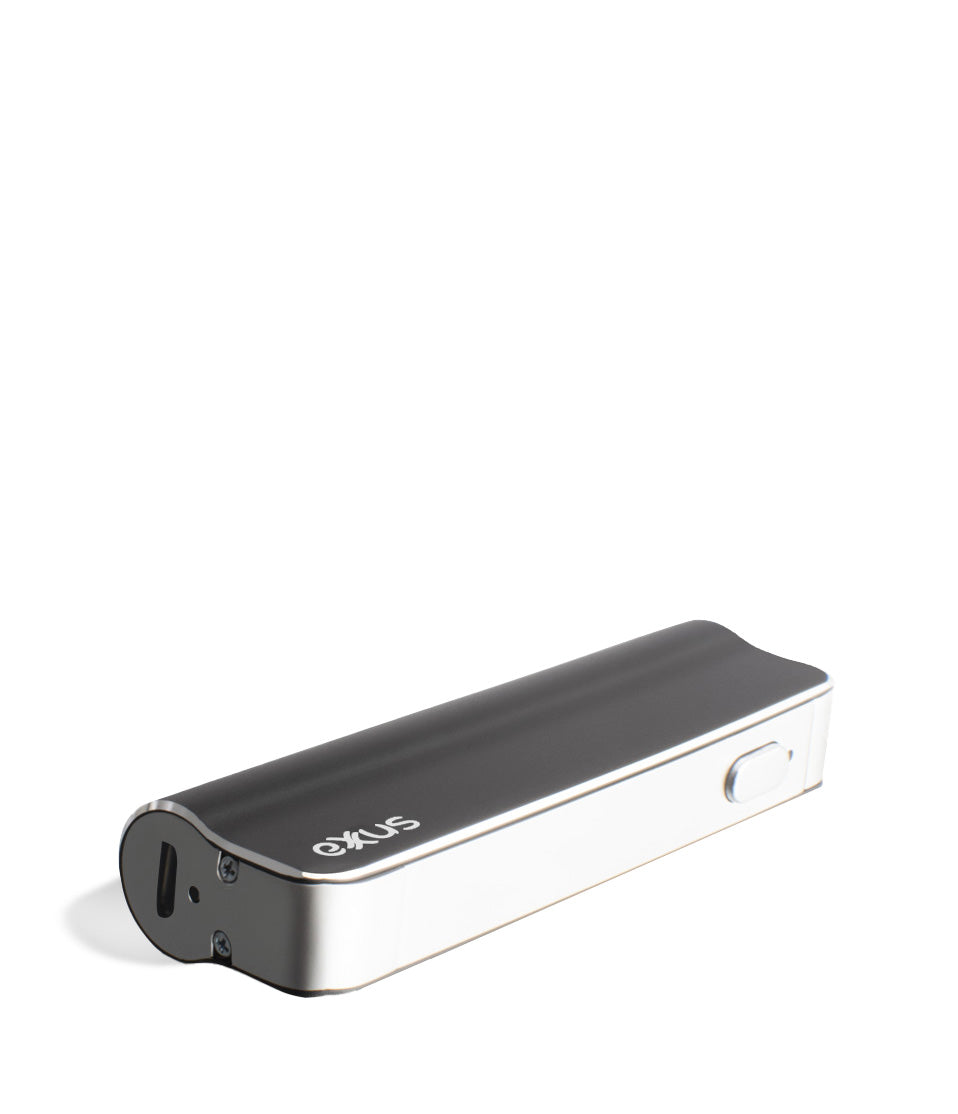
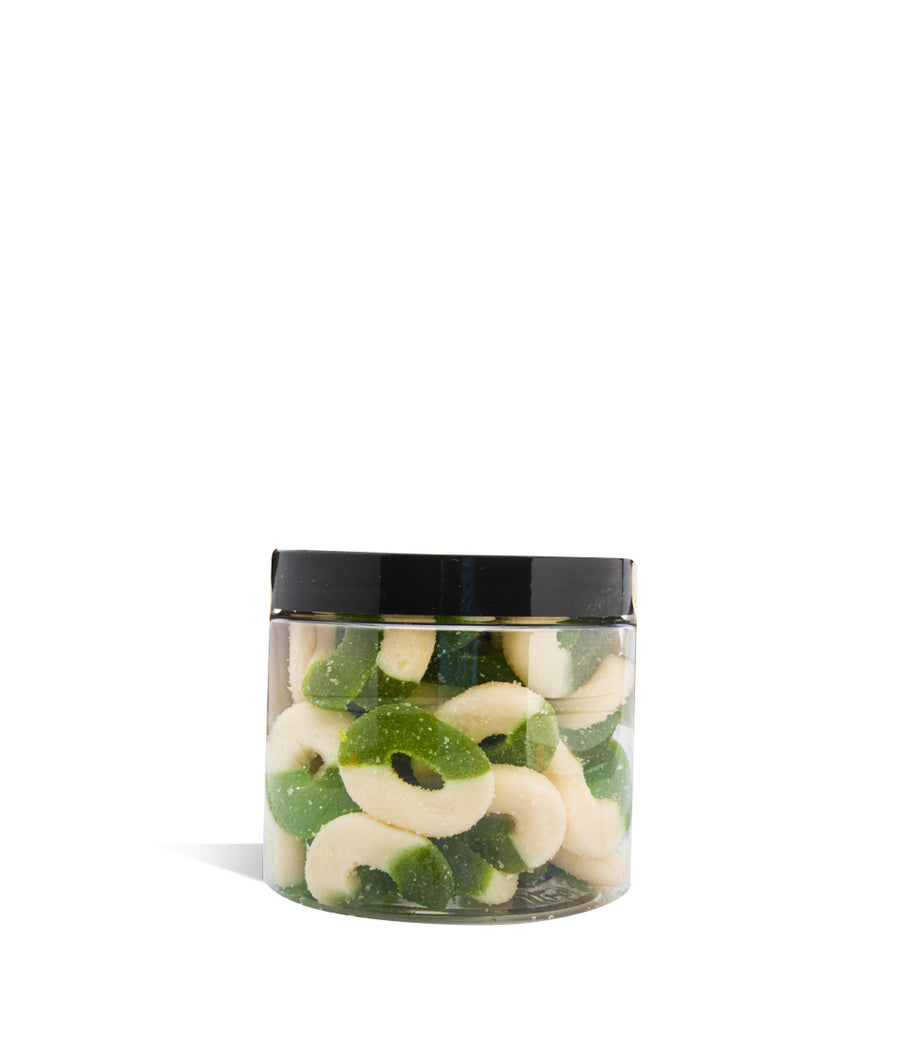
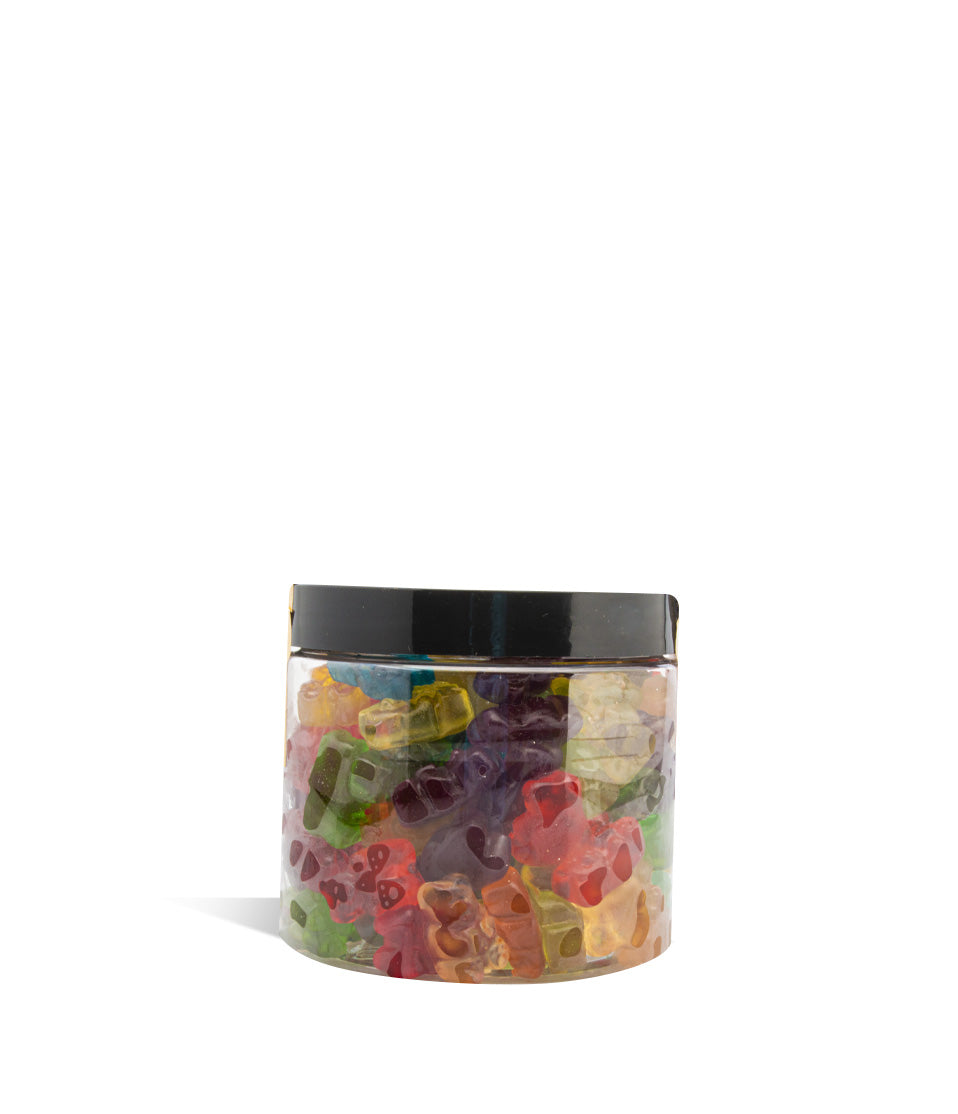
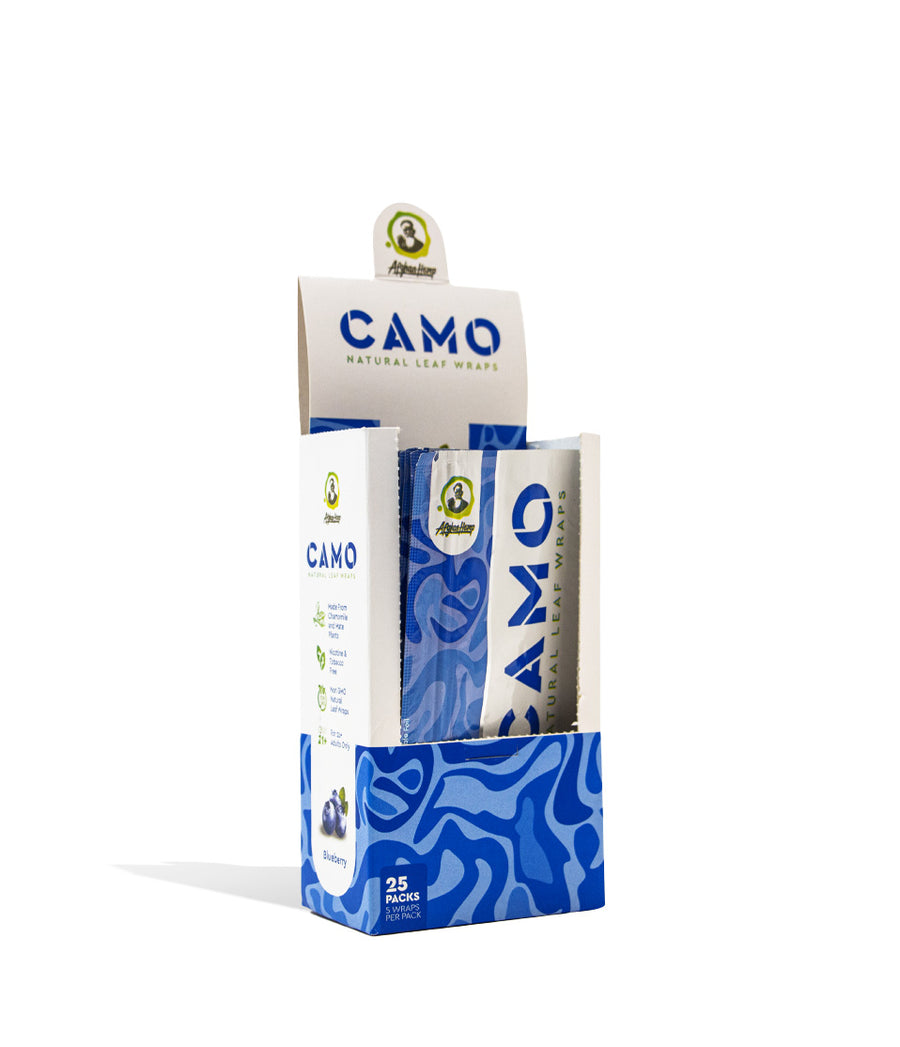
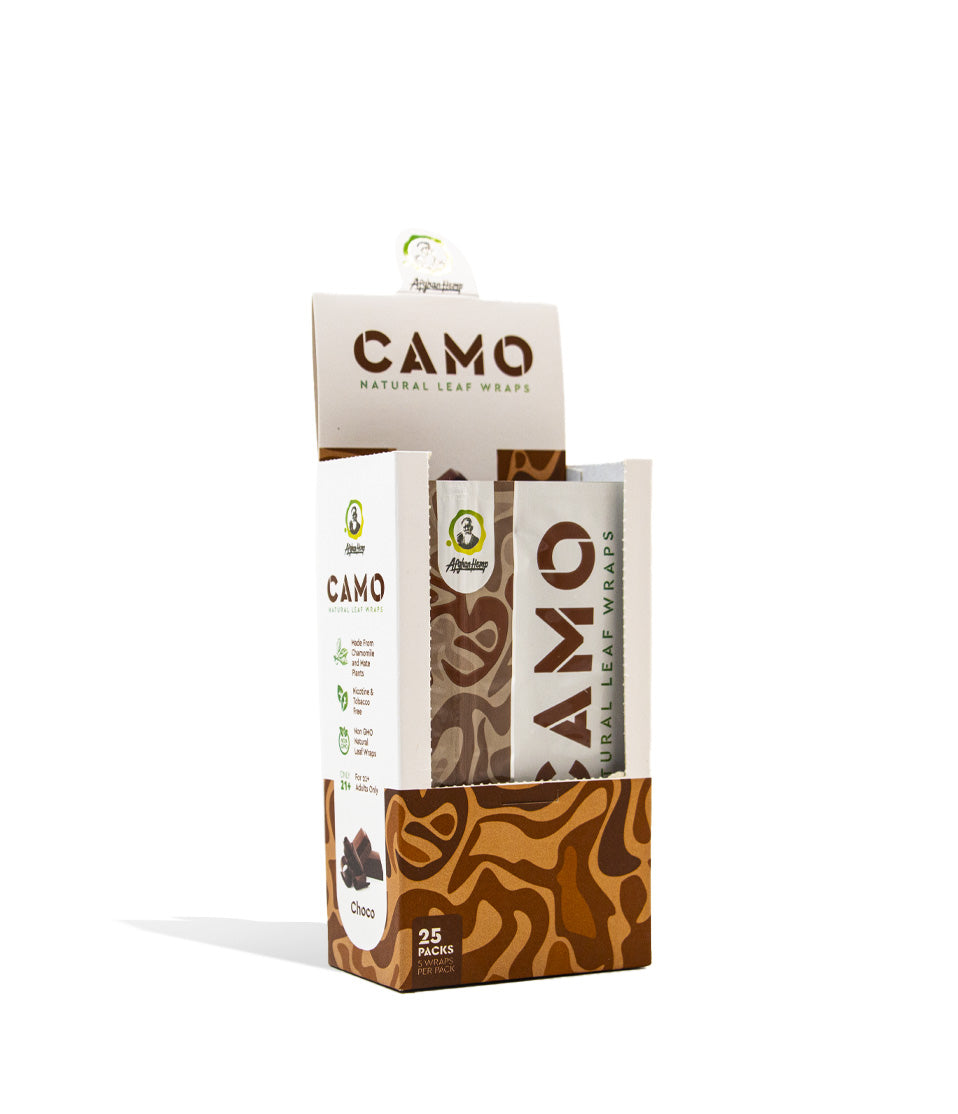

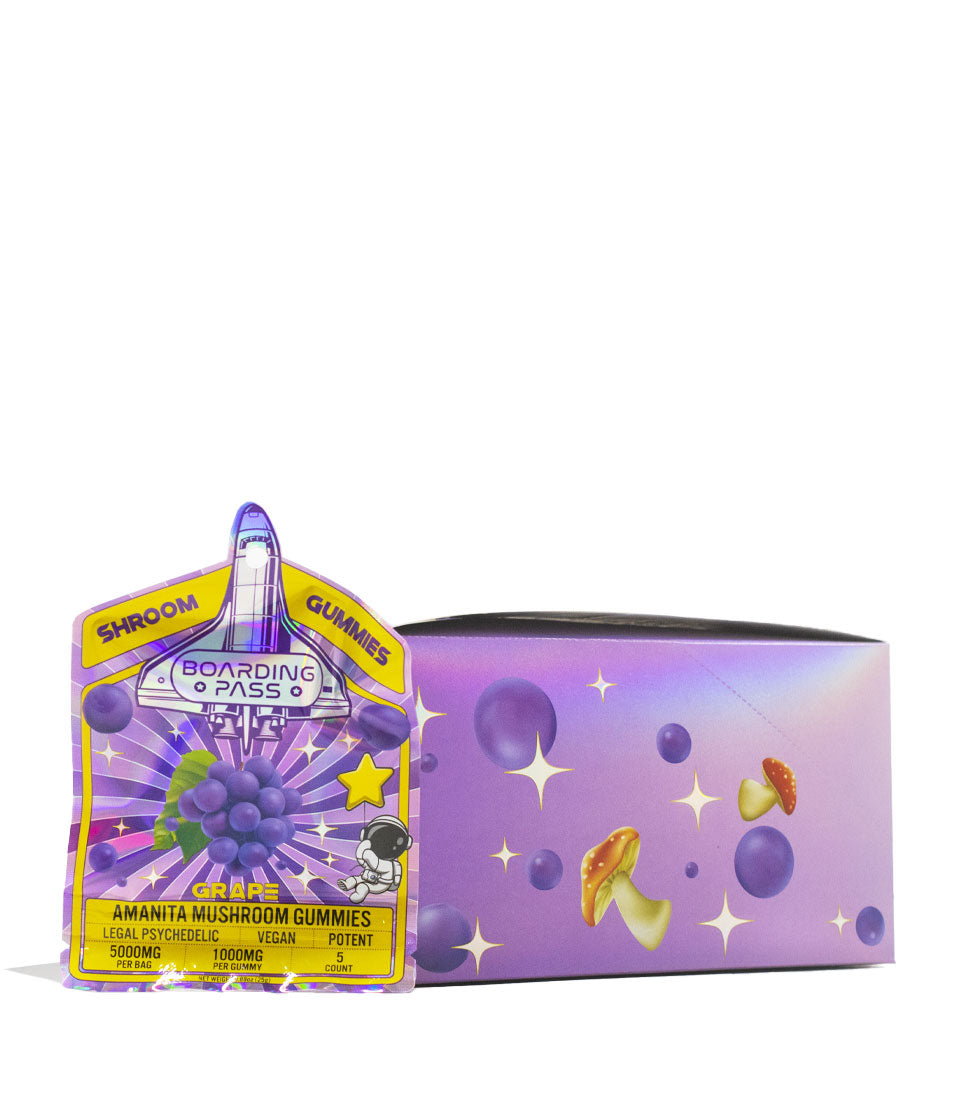
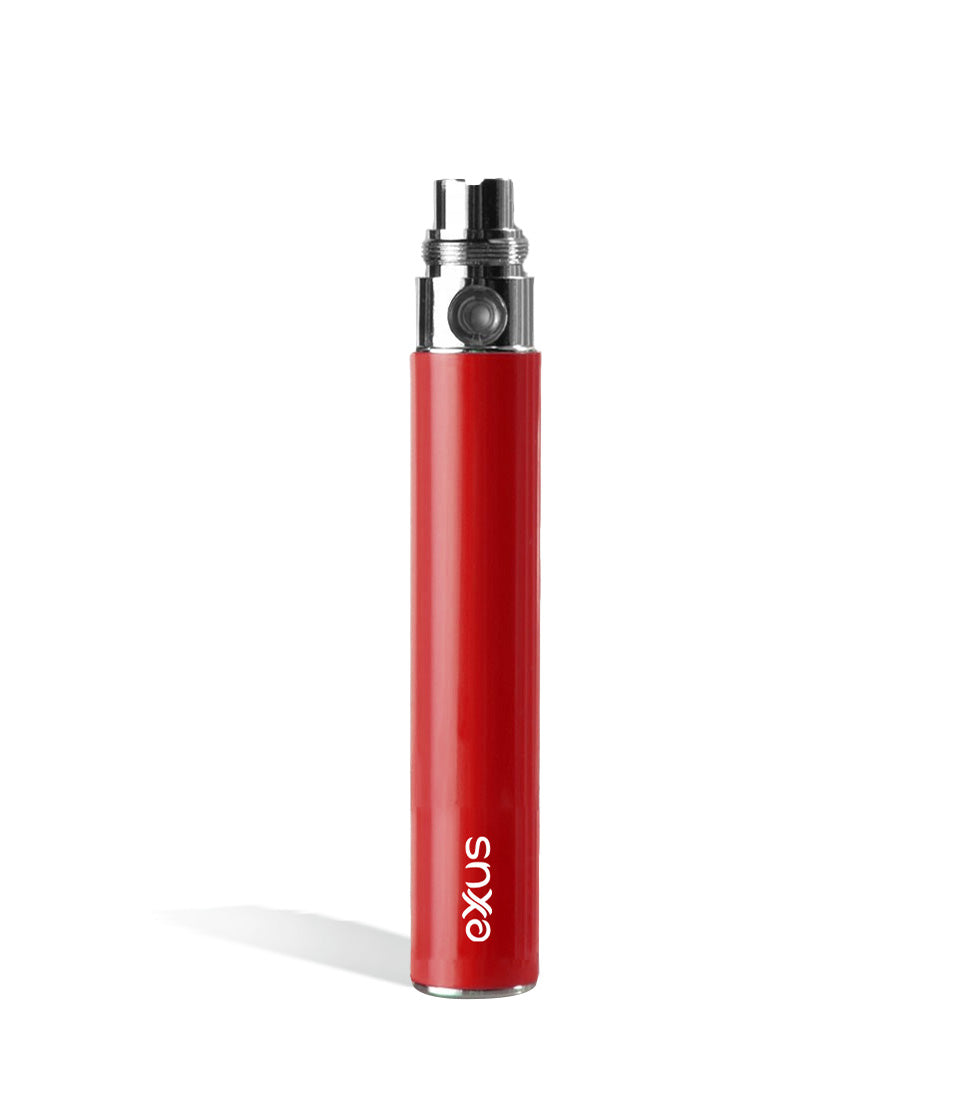


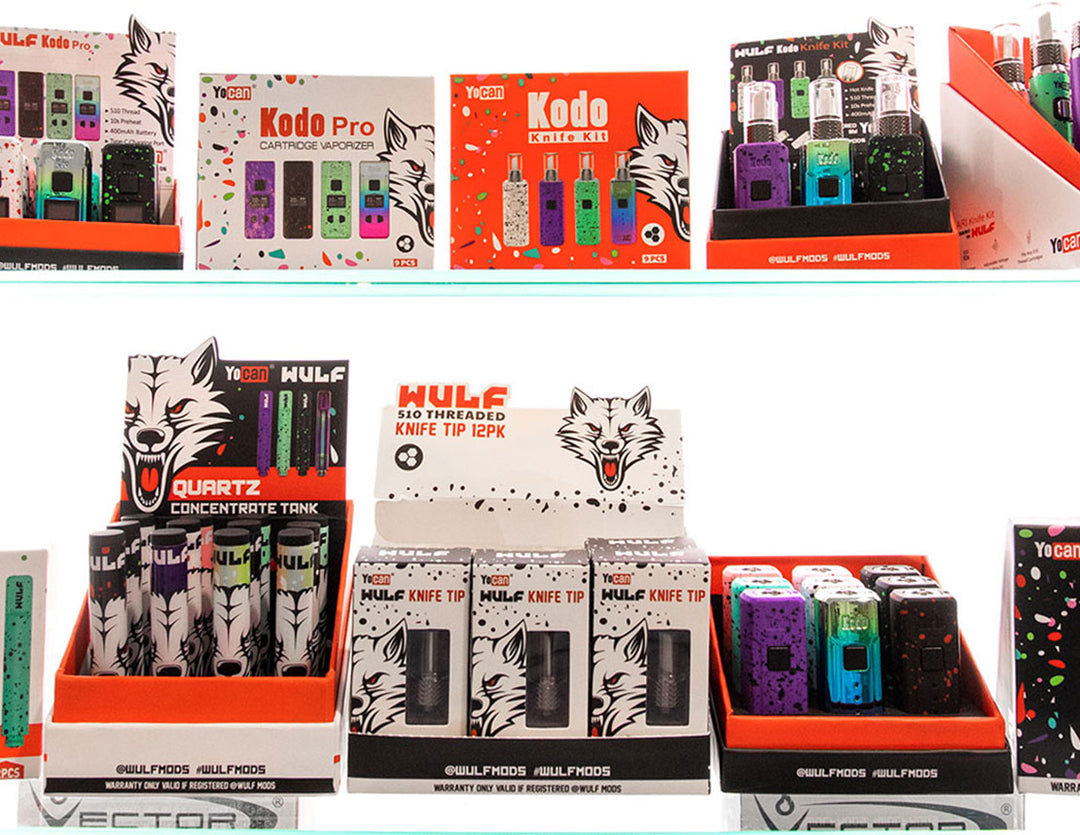
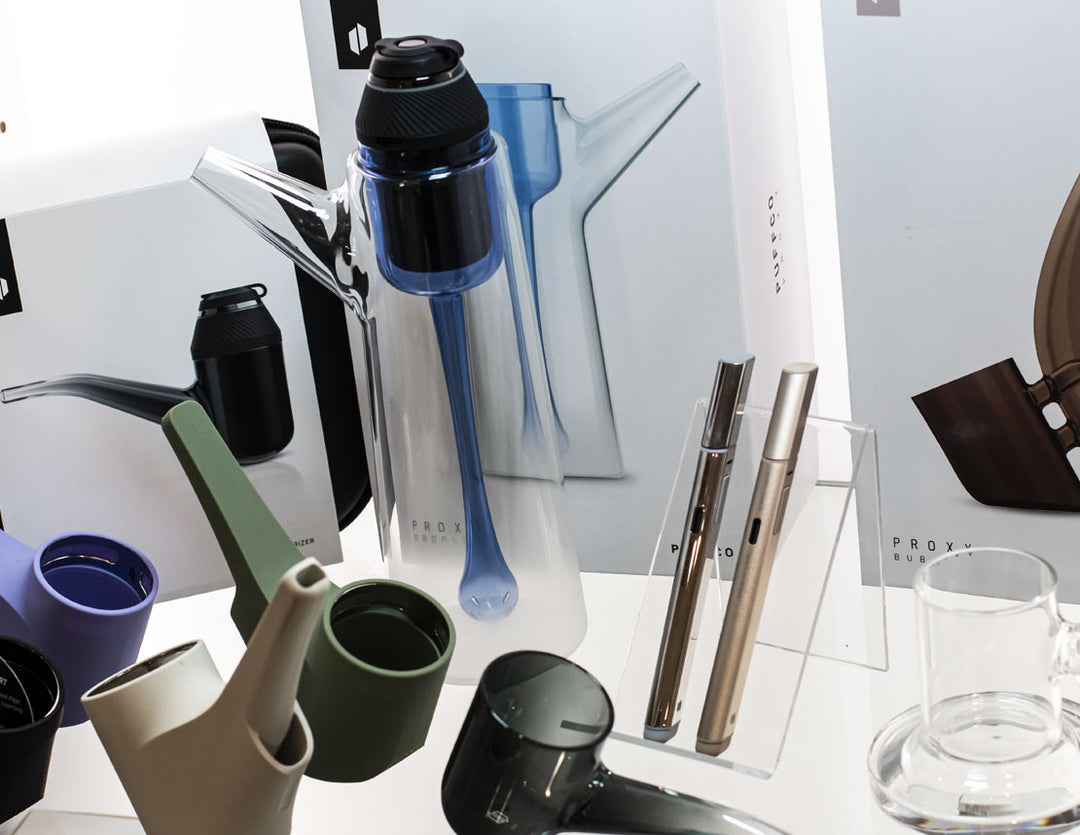
Leave a comment